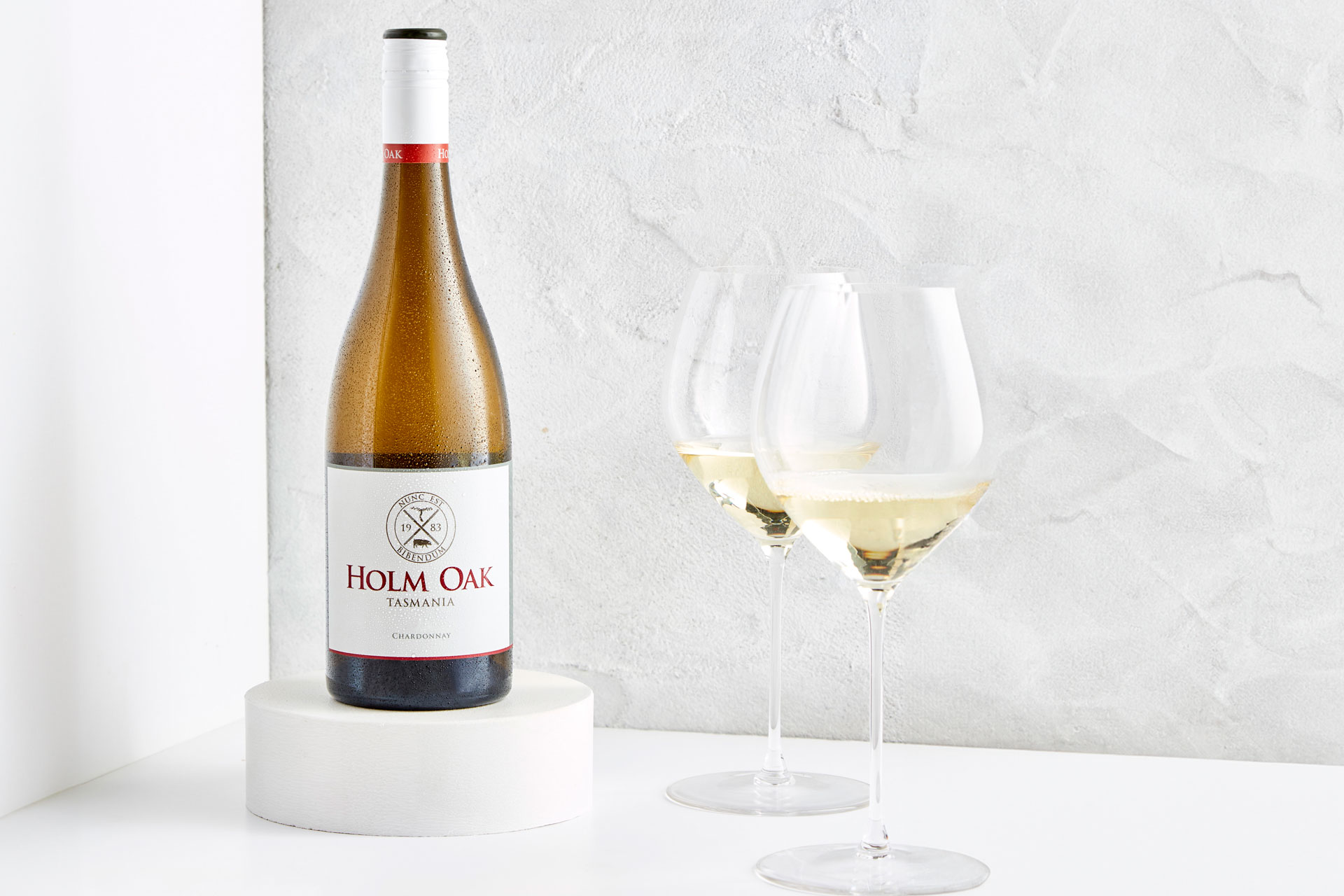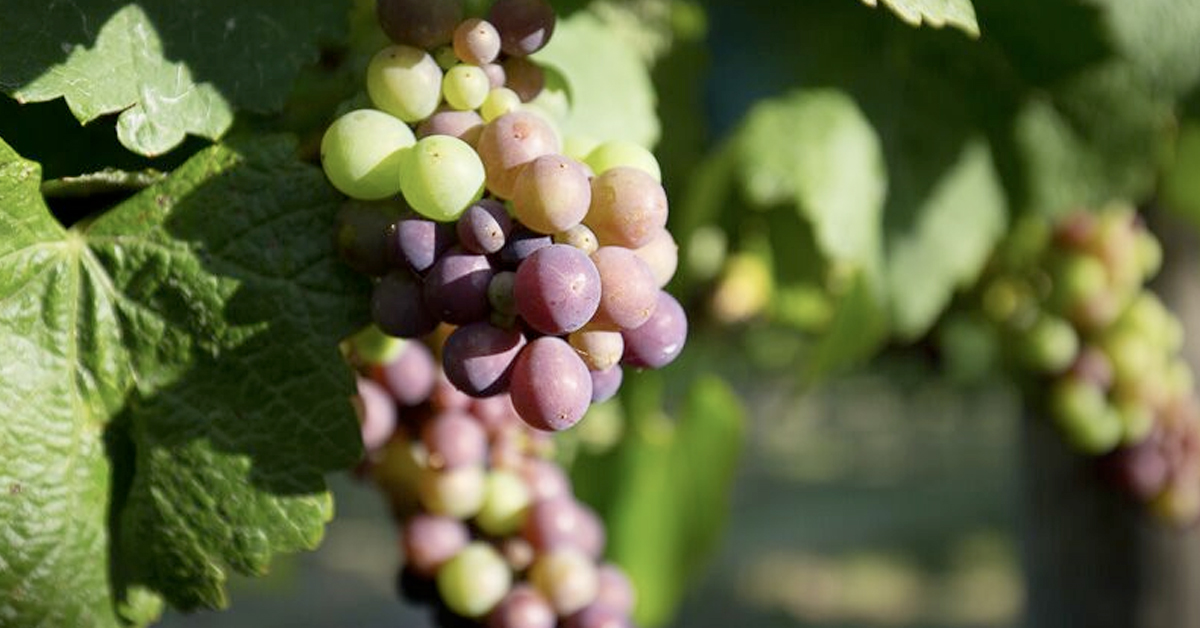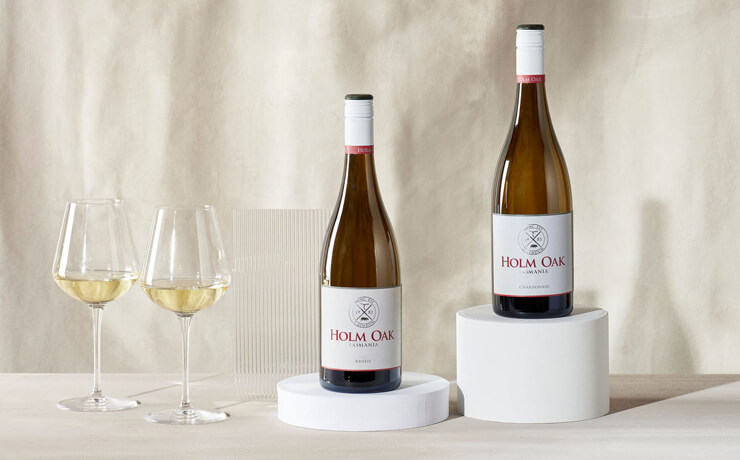Get a Taste of Tasmanian Sparkling Wine
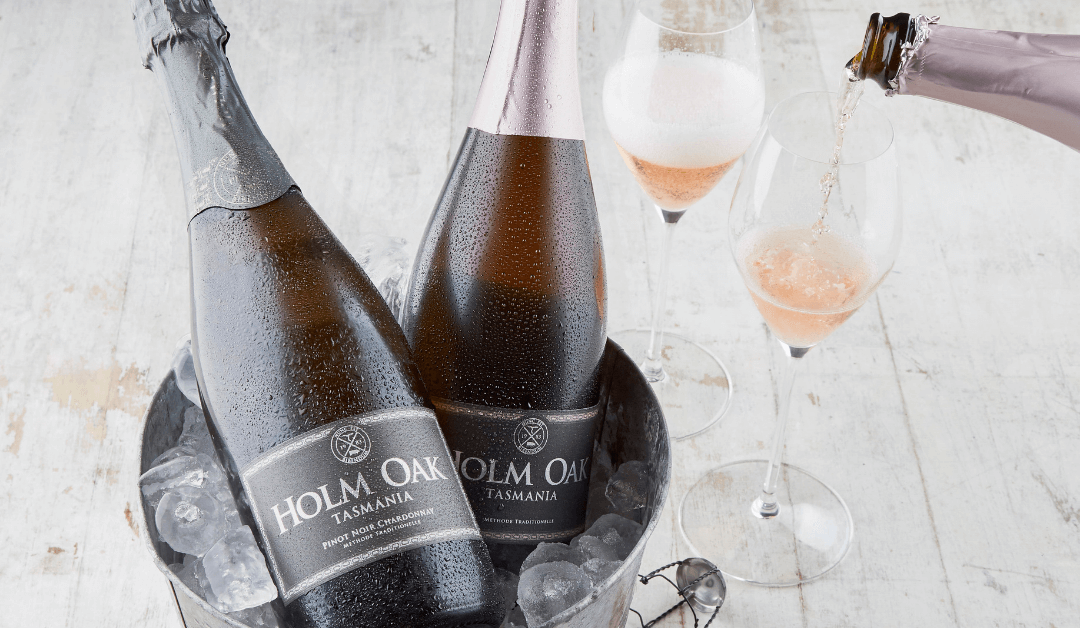
As one of Australia’s premier cool-climate wine regions, Tasmania is coming of age and quickly gaining a reputation for producing some of the best sparkling wines in the world. More than 40% of the wines produced on our small Apple Isle are sparkling wines, so it should be of no surprise that there’s been quite an evolution in the style and quality our talented winemakers are producing.
These elegant, nuanced, textured wines are turning heads across the globe. Pour yourself a glass of Tasmanian bubbles, then pore over our guide to Tasmanian sparkling wine, including a bit of history and what makes these wines from Tasmania so distinctive.
What is Sparkling Wine?
Unlike still wines, which undergo only one fermentation, sparkling wines are wines that are carbonated – producing those much-loved delicate bubbles – through a secondary fermentation. Winemakers can make sparkling wine from any white or red grapes, though white sparkling wines are the most common.
Sparkling wine can be made using a range of methods and in a spectrum of styles. Styles can range from dry to sweet and express myriad flavours, depending on the grapes that go into them, the climate and terroir in which they’re grown, and the practices winemakers use.
For centuries, winemakers have honed their sparkling winemaking craft, with many of the more premium styles of sparkling made using the traditional method. More costly and time-consuming, the traditional method sees sparkling wine undergo a second fermentation in the bottle. Winemakers temporarily cap the wine after adding the liqueur de tirage to the base wine. When the yeasts in the bottle have finished working, they die and become lees, which give added complexity and flavour to the wine. Before corking the wine, winemakers remove the lees through a process known as disgorging. Wines made in this traditional method often command higher prices because of the extra attention the process requires.
What is the Difference Between Sparkling Wine and Champagne?
There is an easy maxim: all Champagne is sparkling wine, but not all sparkling wine is Champagne. To be deserving of the Champagne moniker, the wine must hail from the famed Champagne wine region of France. Here, strict rules abound on the types of grapes that can go into the wine as well as the processes that winemakers can use in the making of Champagne. The grapes must be grown, fermented and bottled in the region.
There are many other sparkling wines to enjoy worldwide. Sparkling wine, then, comprises all bubbly wine that isn’t Champagne. Here in Australia, we refer to it simply as, yes, sparkling wine. However, other well-known sparkling wines include Cava from Spain and Prosecco from Italy.
The History of Sparkling Wine in Tasmania
Tasmania has a rich heritage of sparkling winemaking. With its cool climate, early settlers quickly identified the island as fit for grapegrowing and production and established vineyards throughout the state. By the 1820s, a vintner near Hobart was even advertising “grape wine made in imitation of champaigne”.
After an initial upswell of vineyard plantings, our state’s wine industry then struggled until the 1950s, when French and Italian immigrants realised that Tasmania’s climate and soils were similar to those from their native lands. Our climate was particularly suitable for such grape varieties as Pinot Noir and Chardonnay – the traditional grapes used in producing Champagne, along with Pinot Meunier.
Sparkling Wine in Tasmania
Today, Tasmania is home to hundreds of vineyards and has made a name for itself as one of Australia’s finest cool-climate wine regions and sparkling wine producers. Tasmania’s climate and growing conditions are indeed similar to the conditions of Champagne, with long hours of sunshine balancing our southern latitude. Thanks to this pristine, naturally cool environment and the concentration of winemaking expertise here, Tasmania is producing many of Australia’s finest sparkling wines – wines of nuance, good structure and exceptional balance. The cool-climate temperatures allow for a longer ripening period for the grapes to develop acidity and clean, crisp flavours.
Chardonnay and Pinot Noir continue to be the most widely grown grape varieties here, and much of that fruit goes into the production of premium, traditional method sparkling wines. These grapes’ crisp, vibrant acidity is ideal for high-quality sparkling wines.
Style-wise, Tasmania’s sparkling wines can vary widely, ranging from dry, fruit-driven wines to complex, age-worthy wines with delicious minerality and concentration of fruit that make them among the world’s best. Classic styles boast citrus and red apple flavours as well as the complexity and yeasty character that comes from bottle ageing.
Tasmanian Sparkling Wine Producers
In global tastings, competitions and ratings, many Tasmanian sparkling wine producers are at the forefront. Among the most renowned sparkling wine producers are Jansz, House of Arras, Pirie, Freycinet, and Delamere. (Interestingly, Jansz – owned by Hill-Smith Family Vineyards – is the sole Tasmanian winery that focuses only on sparkling wine.)
Wine critic Tyson Stelzer has noted, “No region anywhere on the planet outside of Champagne itself makes sparkling as exceptionally as Tasmania. And I am more convinced of this now than ever before.”
Holm Oak Sparkling Wine
We’ve been growing Pinot Noir at Holm Oak for more than 35 years and our Chardonnay since 2007. With these two grapes, making a sparkling wine was a natural evolution for us. Because Tasmania is renowned for its sparkling wine, it started as a bit of fun for us to see what we could produce. We made our first sparkling in 2008 from 100% Pinot Noir; it was supposed to be a blanc de noir, but it had too much colour, so it became a sparkling Rosé. We didn’t start making sparkling wine in a serious way until 2016, after a fair bit of trial and error with some small batches.
These days, however, we proudly produce a number of premium sparkling wines to add to the rich tapestry of fine Tasmanian sparkling wine. We make our NV Sparkling Wine from our premium, hand-harvested Tasmanian Pinot Noir (60%) and Chardonnay (40%) grapes. It undergoes traditional bottle fermentation before spending time on lees for 24 months before disgorgement. You’ll find lifted strawberry and rose aromas on the nose thanks to the Pinot Noir, as well as citrus and mineral notes from the Chardonnay. With its velvety texture, it’s one to pop the cork and enjoy.
For a classic and classy food match, you can’t go past caviar. Dry styles of sparkling wine, like ours, beautifully enhance the briny, salty caviar. We’re lucky to have Huon Aquaculture, one of only two salmon caviar producers in the country, here in Tasmania. Try the Huon Tasmania Reserve Selection Salmon Caviar with your Holm Oak NV Sparkling.
With a hint more sweetness and just a touch of blush, our premium NV Sparkling Rosé will surprise and delight. It’s madae from 100% Pinot Noir. This wine has lifted strawberry, Turkish delight and red apple aromas on the nose. The strawberry comes through on the palate, along with cream characters. It’s fresh and vibrant with refreshing acidity and a dry finish.
With our unique climate, pristine Chardonnay and Pinot Noir fruit, and first-class craftmanship, it’s easy to see why Tasmania has popped explosively onto the global stage for producing some of the finest sparkling wines in the world. At Holm Oak, we’re privileged to be part of this exciting time for these delicious, effervescent wines.
Shop our sparkling wines today.
